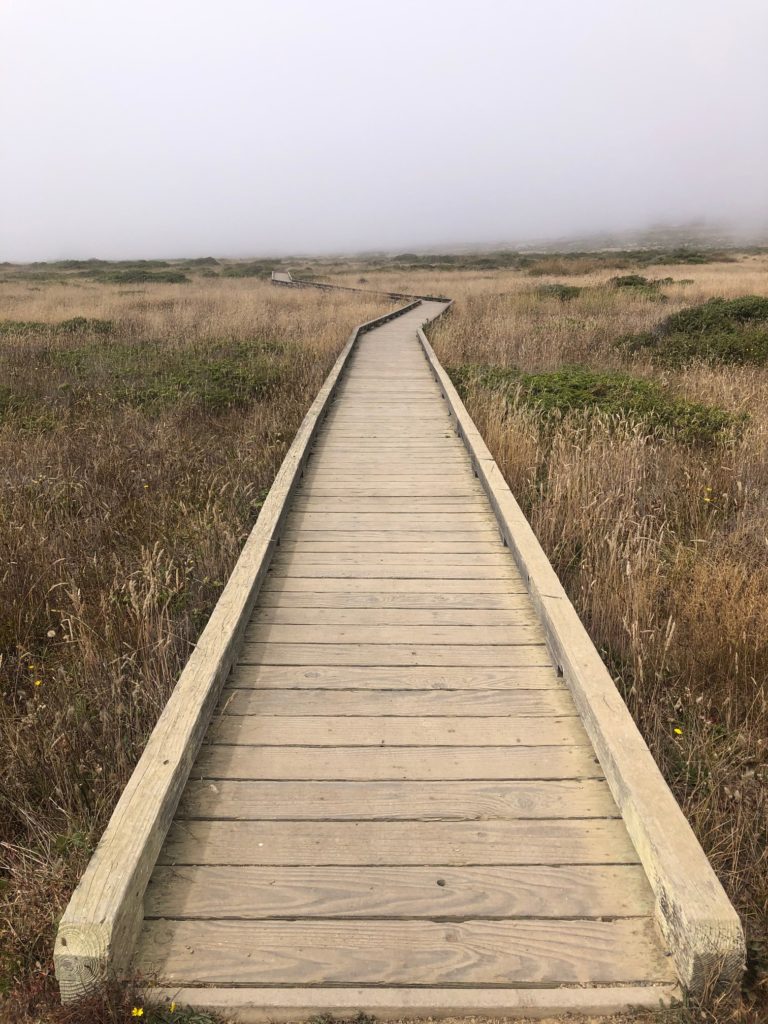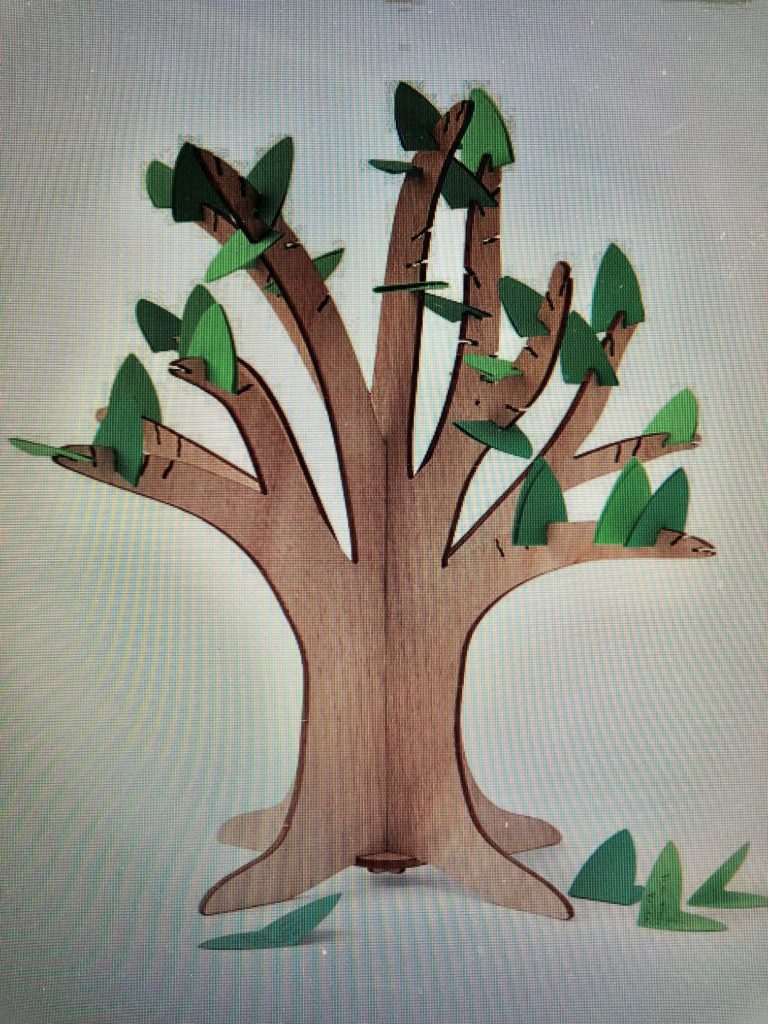
I knew all the statistics about COVID, kind of like how I memorized every baseball batting and pitching record when I was a kid.
I knew that we were doing real well in Northern California, and that the rate of new infections in NYC was low, compared to communities throughout the South. I knew that the odds of contracting that devious Delta Variant were greatly reduced since Carol and I were double-vaxxed, and would be triple masked.
To give us an extra level of protection for our upcoming cross-country flight in the weeks before booster shots were available, and proof of vaccination was required everywhere in NYC, we got our seasonal SuperFlu vaccine, a little earlier than usual. We were pumped, and, we thought, as safe as we could possibly be. Now, even the most careless unvaccinated Trumpholes would not be a threat to us.
I knew that only .33 of one-percent—less than ½ of one percent—of vaccinated New Yorkers had contracted the new strain of COVID. Yes, we’d be visiting the crowded 9/11 Memorial in lower Manhattan, and we’d be riding on NYC’s subways, but as long as we kept our triple layers of mask covering our noses and mouths, sanitized ourselves regularly, and didn’t get too close to other people, we could reduce the risk of being mugged by a COVID-carrying criminal.
What I underestimated was how extreme mental and emotional stress and a weakened immune system, would make my otherwise well-protected body a ripe target for an errant viral variant, propelled at many times the intensity of the original virus. Delta’s heightened danger, never really dawned on us.
The tension of traveling in an airport for the first time in 2 years, and crowding into an airplane with strangers—all of whom were masked—was palpable. My body was on high alert, looking for mask mockers, who flipped their noses over the tops of their masks as if they were middle-fingers, or wore ratty, loose material over their smug faces—breeding grounds for disease, as well as disdain.
I consciously chose to ignore these slovenly public health sluts, kept to myself, and kept my masks on during the entire 5-hour flight, refusing to eat or drink on board the plane, and visiting the bathroom only once, out of dire necessity. Tense, very tense. This was not my idea of having fun through travel.
In New York, we visited a few ailing friends, contemporaries of ours, and the jolt of our own mortality lingered just outside the door, just beyond the safety of our masks. Despite our fame, we weren’t going to live forever.
My emotional reserves were already running on fumes, when we worked our way through the 9/11 Memorial museum, at the site of Tower # 2—the South Tower, as it was now called—where six years of my life and my soul were imbedded in the concrete. I was struggling to stay afloat in this sea of sorrow—in the shadow of the giant Slurry Wall– when I spotted the tomb that held the still unidentified remains of World Trade Center workers. The massive mausoleum was adorned with squares of shades of blue, capturing how many memories of the color of the sky were obliterated on that crystalline morning in September. Memory, and mortality, had pierced my masks, and against that, I had no defense.
Somewhere over the course of the next few days, our paths crossed with one or two unmasked, unvaxxed fellow tourists, or First Responders, many of whom zeroed in on Ground Zero to pay respects to fallen colleagues. On the evening of 9/11, we followed the two columns of light down to what we thought was their source—the Eternal Fountains of Remembrance, where the footprints of each Tower once stood. It was bad enough that the area around the fountains was mobbed, mostly with a younger, unmasked, partying crowd, but I could not believe the shafts of light were no longer there.
With my mask pulled tight around my face, to hide my hurt, I walked up to a small huddle of Police Officers, none of whom were wearing masks.
“Where are the light columns coming from, Officers?” I asked. “I thought they were right here, shining up from the fountains, on into infinity?”
A young cop, probably in grade school when the Towers fell, could see I was visibly upset.
“They had to move them a few years ago, when it got too crowded down here,” he said. “They moved them to a parking lot a few blocks down. Sorry sir.”
I was crushed, dropping my guard, my shell of self-defense dissolved, and allowing the Delta devil to dance right in. Depression and lethargy had already set in, days before a COVID test at a hospital confirmed the diagnosis.
It’s taken me about two weeks to come through quarantine; my cough is subsiding, and I haven’t had a temperature or headaches for a few days running. I’ve been sleeping long nights, and, little-by-little, my strength is returning: a few hours of gardening here, a few minutes of walking there. I soak up the sun for part of the day, mainlining Vitamin D, remembering the hours I would spend sitting in the California sunshine, chatting with my mother, in the years before she died. It felt the same now, as it did then. Timeless. Gentle. Healing.
Unlike hundreds of thousand of other COVID sufferers, we were fortunate to have been fully-vaccinated, and to be healthy enough to manage our own illness, and stay out of the hospital. We isolated ourselves from our son and granddaughters, and have slowly, steadily, regained our strength.
But, what lingers deep within me, sometimes deeper than I can fathom, is a feeling that I am walking on egg shells, waiting for the next breakthrough vision of my own mortality, another reminder of the fragility of life.




